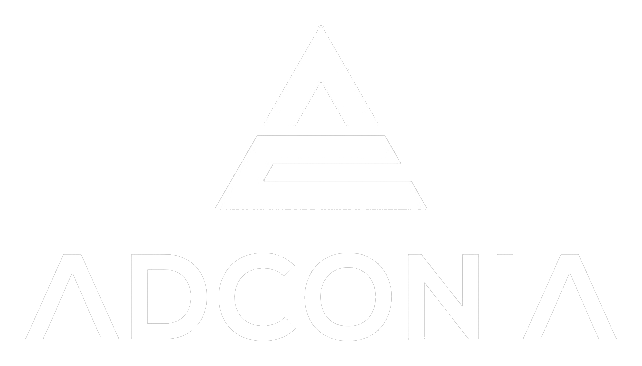CBAM – Do you have the key measures in place?
Not only since the German Supply Chain Compliance Act (LkSG) and our successful training on the topic have we been dealing with transparency in the supply chain in customer projects. The topic of CO2 emissions, their measurement and impact on the company’s results has also become part of our daily business.
CBAM – A short-term EU regulation
EU importers are required to purchase certificates upon import that correspond to the CO2 price that would have been paid if the goods had been manufactured in accordance with the EU rules for pricing CO2 emissions. CO2 prices already paid during production in other EU countries can be credited to the EU importer.
How can you arm yourself?
We strongly recommend understanding CBAM as an opportunity and further indicator for SMEs to put their own sustainable business on a solid footing, reduce carbon emissions and remain competitive in a changing global business landscape. Systematic and targeted preparation is the key here, and the transformation to a low-carbon economy the goal.
Understand requirements, anticipate impacts and mitigate risks
- Top priority is: understand CBAM
Admittedly, this alone is not the easiest task at present. But again, being proactive and ambitious will be rewarded.
Getting advice from experts, connecting to educational platforms and networks with guidance and resources will be critical to staying informed about regulations and compliance procedures, and effectively anticipating and managing costs. Our website in the publications section or we in direct contact will also be happy to help.
- Anticipate cost
The goal must be, to have an individual calculation model available that allows one to predict the potential cost impacts of CBAM for one’s own individual situation based on one’s own operational data, including energy consumption, emissions, and production processes.
Government agencies and industry associations, for example, are good contacts in this regard for obtaining accurate and up-to-date data on the carbon intensity of imported goods.
- Actively manage and mitigate potential risks
Once carbon emissions have been analyzed internally and along the supply chain and an understanding of the cost drivers has been gained, the next step is to develop feasible measures to mitigate risks. Ideally, a list of potential short-, medium- and long-term strategies emerges to reduce CBAM-related costs. These may include improving energy efficiency through technological innovation, switching to cleaner energy sources, or sourcing materials and products from less carbon-intensive suppliers.
Another approach, not always overtly stated, is to at least partially pass on costs. In our experience, authentic and truthful communication of one’s commitment to sustainable business practices is rewarded by customers.
ADCONIA – Consulting beyond the ordinary
As Adconia GmbH, we advise our customers with the experience of more than 250 projects from more than 20 years – in questions around purchasing, supply chain and the digitalization of processes. Our goal is always to increase the profit contribution of purchasing through cost reduction, process automation or the qualification of our customers‘ purchasing teams.
With a correspondingly broad wealth of experience, precise knowledge of everyday purchasing and a high level of professionalism, our consultants carry out training measures at eye level. We do this – depending on the requirements – both as a sparring partner for specialists and managers with many years of experience and as a trainer for seasoned purchasing professionals and young professionals.



